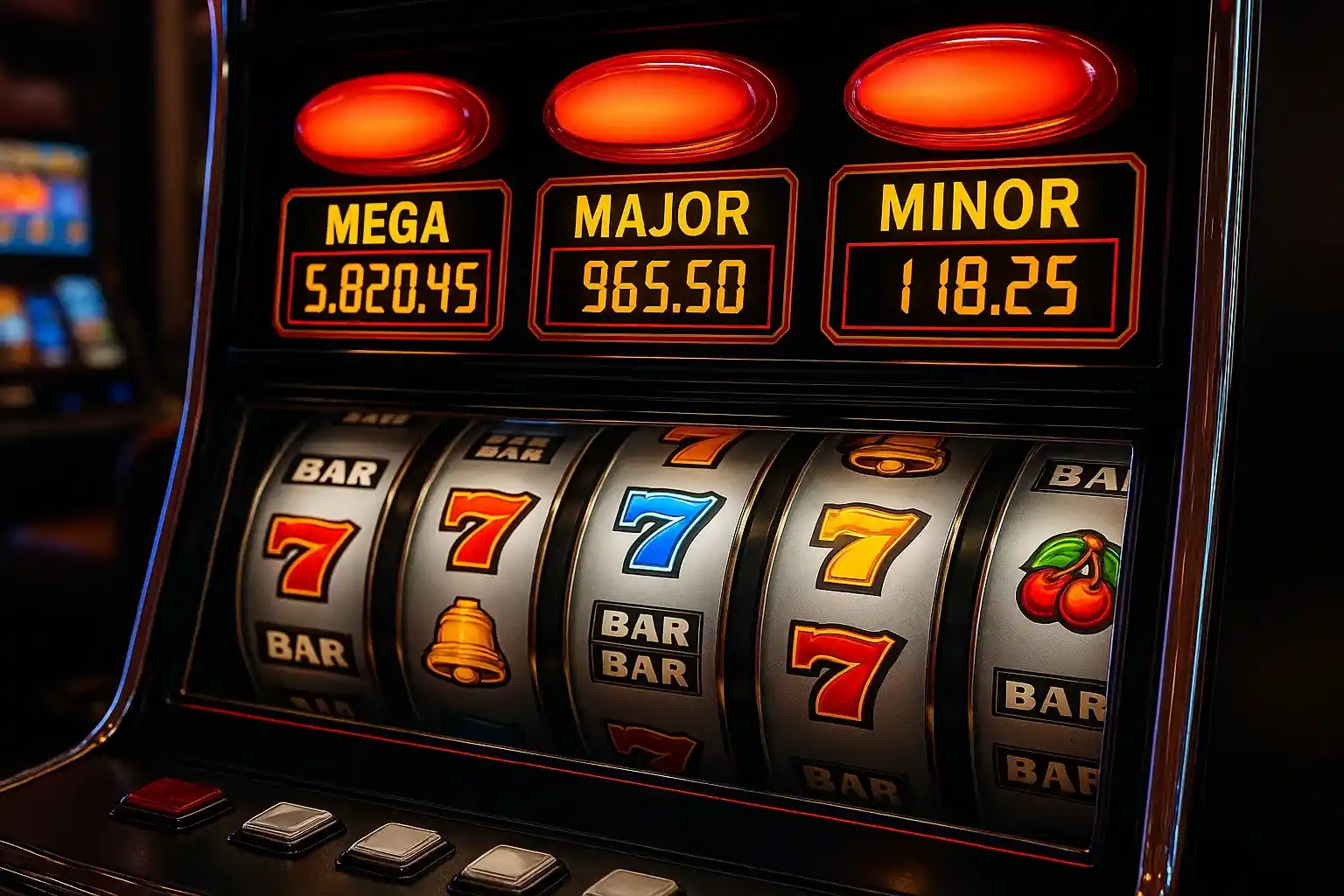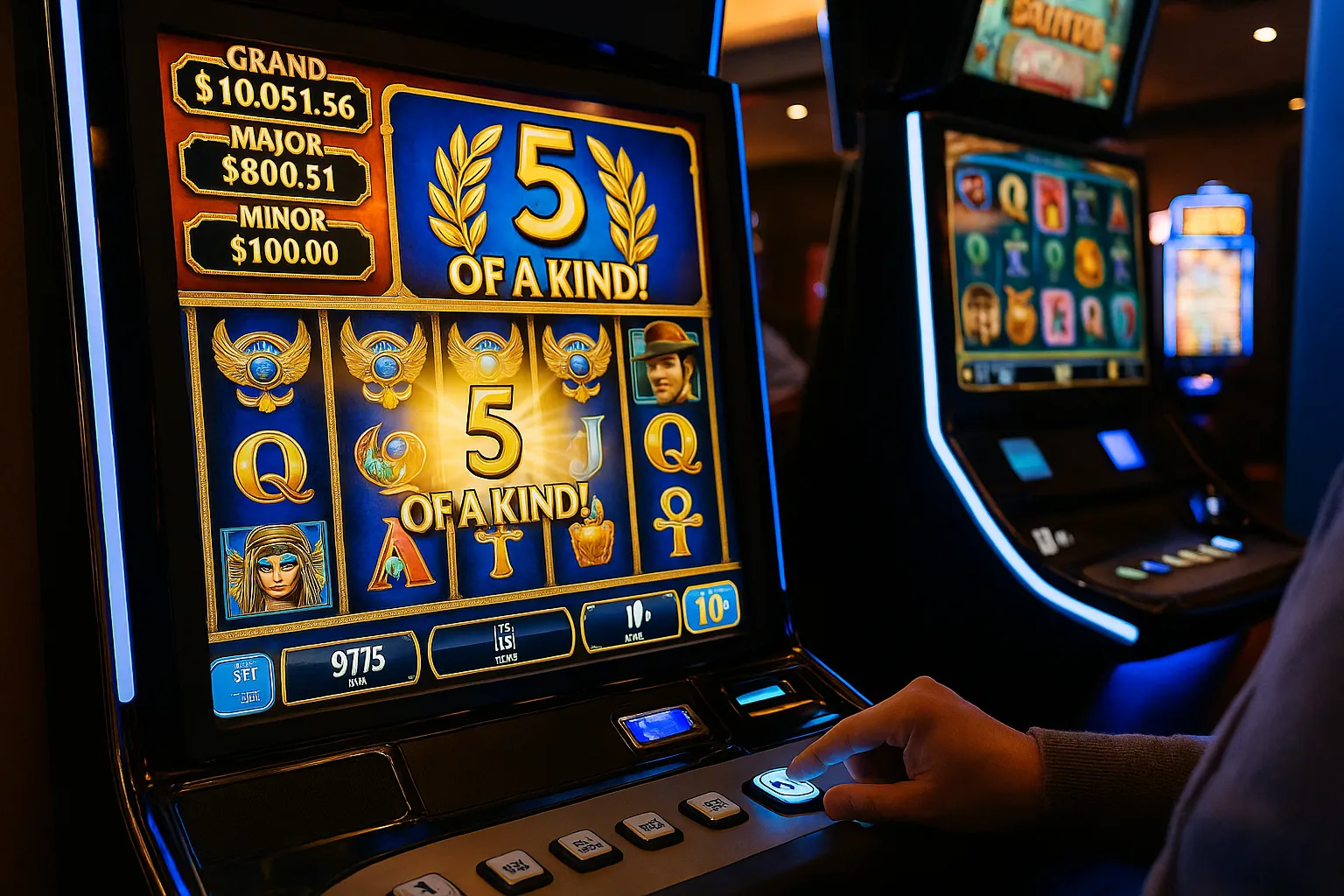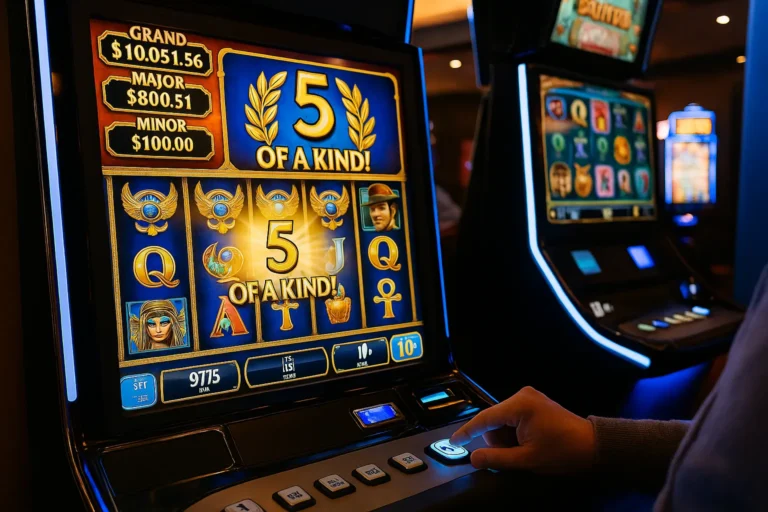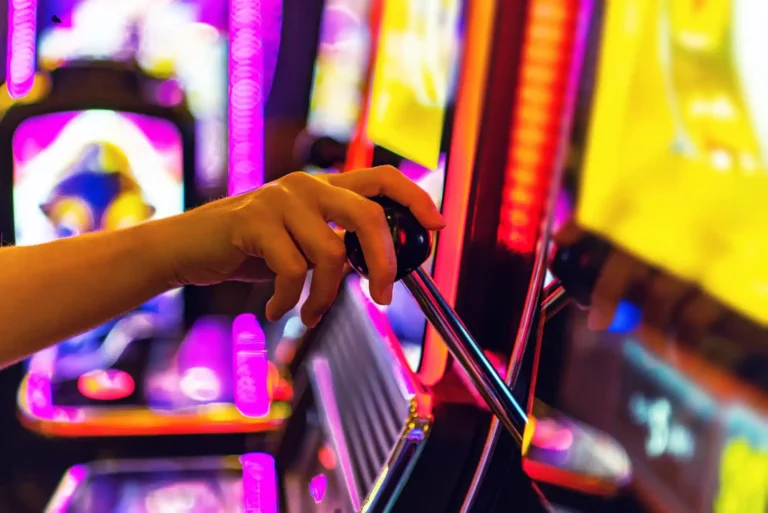When I first stepped into the dazzling world of slot machines, the concept of a single jackpot was exciting enough. But today’s slot titles often feature multiple jackpots—Mini, Minor, Major, Mega, and beyond—all displayed proudly above their spinning reels. As an experienced slot tester and occasional casino consultant, I’ve delved deep into how these layered jackpots change the odds, influence player behavior, and shape game design. If you’ve ever wondered whether chasing a Mega jackpot makes you less likely to hit the Minor or Mini, you’re in the right place.
Understanding the Basics of Progressive Jackpots
A progressive jackpot is one that grows incrementally as players place bets across a network of machines or games. A small portion of each wager contributes to the jackpot pool. When multiple progressives—such as Mini, Minor, Major, and Mega—are tied to a single slot, each operates as a separate prize tier with its own odds of being won.
In a single-jackpot system, all your bet contributions funnel into one pool and odds are calculated accordingly. With multiple progressive pools, your bet is divided: perhaps 0.3% goes to the Mini, 0.5% to the Minor, 0.7% to the Major, and 1.5% to the Mega. These percentages add up to a fraction of your total wager, with the rest allocated to the base game’s RTP.
Understanding how these contributions and separate pools work helps clarify why each jackpot’s odds differ—and why the Mega jackpot is, by design, the hardest to hit.
Probability Distribution Across Multiple Pools
When I analyzed one popular four-tier system, I discovered that the odds of landing the Mini jackpot were roughly 1 in 10,000 spins, the Minor around 1 in 50,000, the Major near 1 in 500,000, and the elusive Mega about 1 in 5,000,000. These figures aren’t arbitrary; developers weight symbol combinations and triggering events on the reels to meet target hit frequencies.
Balancing Frequency and Size
Because the Mini jackpot is smaller—it might average £50—it’s designed to hit more often, offering players quick wins to maintain excitement. In contrast, the Mega jackpot, potentially in the hundreds of thousands, is programmed to hit far less frequently. This balance sustains bankrolls and keeps players engaged without depleting the casino’s reserves too quickly.
When you pull the lever or press “Spin,” the random number generator (RNG) evaluates thousands of symbol combinations. Each jackpot has its own triggering combination, and the RNG calculates them independently. Therefore, simultaneously chasing four progressives means four separate probability checks every spin.
Practical Insights: Player Behavior and Psychology
The Allure of Multiple Tiers
There’s a psychological thrill in chasing layered jackpots. I recall sitting with a test group as they played a slot with Mini through Mega progressives. Even when the Mini jackpot hit repeatedly—often triggering a celebratory fanfare—players remained patient, hoping for a shot at the Major or Mega. The frequent small payouts gave just enough reward to fuel anticipation for the big one.
Chasing Upside and Managing Bankroll
From experience, players often misunderstand that hitting the Mini doesn’t alter their odds for the Mega on the next spin—each spin remains independent. However, a common strategy is to temporarily increase bet sizes after a Mini hit, believing they’re “due” for a larger jackpot. This behavior can inflate volatility without improving actual odds, which remain unchanged by previous outcomes.
Impact on Return-to-Player (RTP) and House Edge
Multiple progressive streams affect a slot’s base RTP. Suppose a slot’s theoretical RTP is 96%. Out of this, perhaps 95% goes back through standard symbol payouts, while the remaining 1% funds all jackpot pools combined. If the Mini takes 0.3%, the Minor 0.5%, the Major 0.1%, and the Mega 0.1%, the slot still returns 96% in theory—but the distribution of returns varies between base game and jackpot hits.
In contrast, a non-progressive slot might allocate the full 96% to payline and bonus features, resulting in a more consistent but less thrilling payout pattern. Multiple progressives raise volatility: you’ll see more variance in session-to-session results, with occasional big jackpots offset by lean periods.
Technical Design: How Developers Implement Tiered Jackpots
Developers must carefully calibrate reel weighting and RTP contributions to maintain regulatory compliance and player satisfaction. In my past role as a QA analyst for an online casino platform, I worked closely with developers to test jackpot triggering logic under simulated conditions. We ran millions of spins in controlled environments to verify that each jackpot hit frequency matched design specifications within a small margin of error.
Server Communication and Pool Synchronization
When jackpots are networked across machines or even multiple casinos, each spin sends a packet of data to a central server. That server updates the jackpot amounts and checks for wins. For multiple tiers, the server executes separate checks for each pool. Ensuring split-second synchronization is crucial—players should see the jackpot total roll back to its base value immediately after a win.
UK Context: Regulatory and Market Considerations
The UK gambling market has stringent regulations on transparency of odds and RTP disclosures. While the UK Gambling Commission requires operators to display overall RTP and jackpot terms, they do not mandate public disclosure of each jackpot’s hit frequency. Nevertheless, well-informed players often investigate forums or operator FAQs to understand these mechanics.
Additionally, some players exploring alternative platforms consider UK casinos not on gamstop for broader game selections or promotional offers. These sites may host games with different jackpot structures, though regulatory oversight can vary, so players should proceed with caution.
Real-World Example: Networked Progressives
One of the most famous networked progressive slots linked machines in casinos across entire countries. During peak tourism seasons, the accumulated Mega jackpot could climb into the millions. I remember analyzing a dashboard where the Mega pool reached £2.4 million just before hitting—an event that garnered headlines and flooded the casino with eager visitors. The Minor and Major tiers, in comparison, stayed within their usual ranges, with Minor averaging around £3,000 when triggered.
FAQs About Multiple Jackpots
Does winning a smaller jackpot improve my chances for the bigger one?
Each spin is independent. Hitting a Mini jackpot doesn’t change the RNG for the next spin’s Mega jackpot probability.
Should I increase my bet size to chase a higher tier?
Bet size often scales jackpot contributions, but increasing your bet may raise volatility without improving your actual chance of triggering the Mega.
Can I track progress toward the next jackpot hit?
Most systems display only the current jackpot amounts. Odds remain hidden but are consistent with the published RTP and jackpot contribution percentages.
Conclusion
Multiple jackpots on a single slot add layers of excitement and complexity—both for players seeking that thrilling win and for the teams that design these games. Understanding how separate progressive pools divide your bet contributions, why each tier has different odds, and how volatility and RTP are affected can help you manage expectations and bankroll more wisely. Whether you’re chasing a Mini just to feel a quick win or dreaming of a life-changing Mega prize, knowing the mechanics behind the glitz makes every spin more informed and enjoyable.







